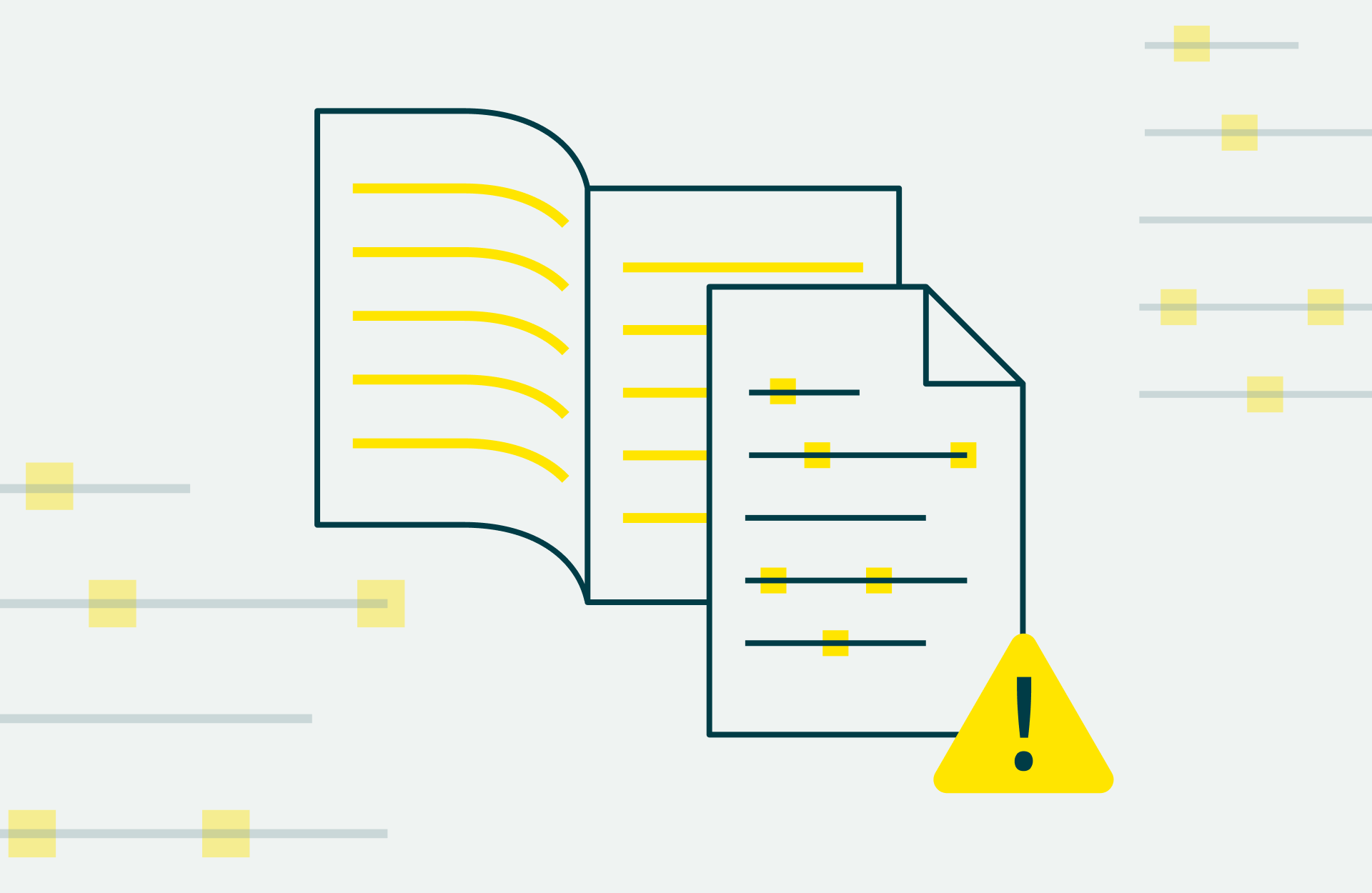At a young age, when students are encouraged to paraphrase, often they are told to simply “reword an idea to make it their own.” But what does that really mean? And what is the purpose of paraphrasing?
Paraphrasing is an integral part of academic integrity. It is a way to reword the ideas of another, presenting a new form of an already expressed concept respectfully and thoughtfully. And when coupled with accurate citation, it adds credibility to writing, giving examples of a variety of perspectives on a subject. It is a legitimate way to borrow from a source, as well as a way to more deeply grasp the full meaning of an original work.
In poetry, for example, a well-paraphrased passage from Shakespeare or Rumi can be more accessible, helping readers to “understand the meanings behind different kinds of figurative languages.” And in day-to-day life, we paraphrase all the time–what a particular pundit said on television, perhaps, or the opening lines of a principal’s welcome speech–and provide “a version that can exist beside the original (rather than replace it).”
Many put quotations, paraphrasing, and summarizing in the same category, but there are important distinctions among the three. According to the Purdue Online Writing Lab (OWL):
- Quotations must be identical to the original, using a narrow segment of the source. They must match the source document word for word and must be attributed to the original author.
- Paraphrasing involves rewording a passage from source material into your own words. A paraphrase must also be attributed to the original source because there is no creation of new ideas. Paraphrased material is usually shorter than the original passage, taking a somewhat broader segment of the source and condensing it slightly.
- Summarizing involves putting the main idea(s) into your own words, including only the main point(s). Once again, it is necessary to attribute summarized ideas to the original source because no new ideas have been introduced. Summaries are significantly shorter than the original and take a broad overview of the source material.
Paraphrasing, like any writing skill, needs to be practiced and implemented effectively. Even the most diligent of students may find that parts of their paper fall into the gray area of paraphrasing vs copying.
So, what’s the difference between paraphrasing and copying?As stated above, paraphrasing is rewording a passage or phrase from the original source. Copying is exactly as it sounds: it means transcribing word for word the original source. The gray area exists because when students rephrase an original source by using their own words, students may feel this is original thinking. But bottom line: the idea itself is someone else’s, so the original creator must be acknowledged. Not citing paraphrasing is problematic and an act of plagiarism.
And what does problematic paraphrasing look like?When the original idea is put into different words, but not cited. Here’s an example–let’s say a student comes upon this information online:
From the beginning of the school year, schools must strive to establish a culture of academic integrity and be clear around expectations and policies.
Copying would be replicating the exact text above without showing it as a direct quote nor giving credit. And problematic paraphrasing may use different words or a different sentence structure and look like this:
It’s important for institutions to communicate policies and expectations, building a culture of academic integrity right from the start of the school year.
It’s important to note that the student did not add any new ideas to the sentence. They took the first step in paraphrasing and wrote the original idea in their own words, but didn’t take the final and most important step to cite the source. Therefore, an accurate paraphrasing would look like this:
According to Audrey Campbell on her Turnitin blog, “Integrity focused: Building trust between student and instructor,” it’s important for institutions to communicate policies and expectations, building a culture of academic integrity right from the start of the school year.
The student put the original idea into their own words and gave full credit to the original author. Paraphrasing, as mentioned previously, may feel like the creation of a novel idea, but it’s not: it is taking the elements of someone else’s thought and without adding anything new of one’s own, rearranging the words to produce a different sentence with the same meaning.
So, why does paraphrasing become challenging?When a student does not understand the purpose behind paraphrasing, they may not see the importance of attributing what they've paraphrased and therefore overlook doing so. Educators must take great care in building a culture of academic integrity and explaining to students how cited, well paraphrased passages not only enhance their writing (and also provide variety in an essay that would otherwise be all quotations), they uphold integrity by recognizing an author’s original work.
When a student does not have the foundational literacy skills to paraphrase, it may lead them to unintentionally plagiarize. Plagiarism, or the act of passing off the ideas or words of another as one’s own, may occur in a student paper where research, citations, and paraphrasing are required. In a suspected case of academic misconduct, an educator must ascertain if it is a skill deficit or deliberate plagiarism. From there, strengthening a student’s literary comprehension skills and basic academic writing skills can help bolster their confidence and ability to paraphrase. Draft Coach can also be used to help students write accurate citations in Microsoft® Word for the web and Google Docs™. Check out this one-pager that dives into the strong connection between reading, writing, and the ability to paraphrase.
When a student knowingly and purposely uses short-cut solutions in place of their own skills, it’s a sign that action must be taken. Paraphrasing tools, also known as word spinners, alter existing text with the purpose of evading plagiarism detection software. This deeply impacts learning because they prevent students from understanding how to truly paraphrase. “Simply put,”says Christine Lee, “when students use word spinners, they aren’t producing their own original work. Original work means that even when paraphrasing, students regenerate the ideas of another person into their own words and voice to express their own understanding of concepts.”
Any of the above should cue an educator in determining the right course of action.For example, talking to students about accurate paraphrasing and citations helps them to understand how they can ethically share and incorporate ideas from other sources into their writing. This lesson dives into a few ways to teach academic integrity and paraphrasing. Furthermore, check out Turnitin’s Paraphrasing Resource Pack, chock-full of lessons, handouts, videos, and more. This robust collection offers a meaningful deep-dive into the importance of academic integrity, resulting in students knowing what, when, and why to paraphrase in writing.
And if a student’s work appears to have similarities to other texts without proper citation? It’s never too late to have a courageous conversation with them and transform a moment of misconduct into an opportunity for learning. Utilizing the Similarity Report within Turnitin Feedback Studio as a jumping off point can put data at the forefront of these conversations.
In the end, without the necessary skills or context, paraphrasing can become problematic when it stands in the way of original work and authentic learning, or leads students to short-cut solutions. But when a culture of academic integrity is established, with the formative skills of paraphrasing at the foundation, there is no limit to what students can accomplish.






